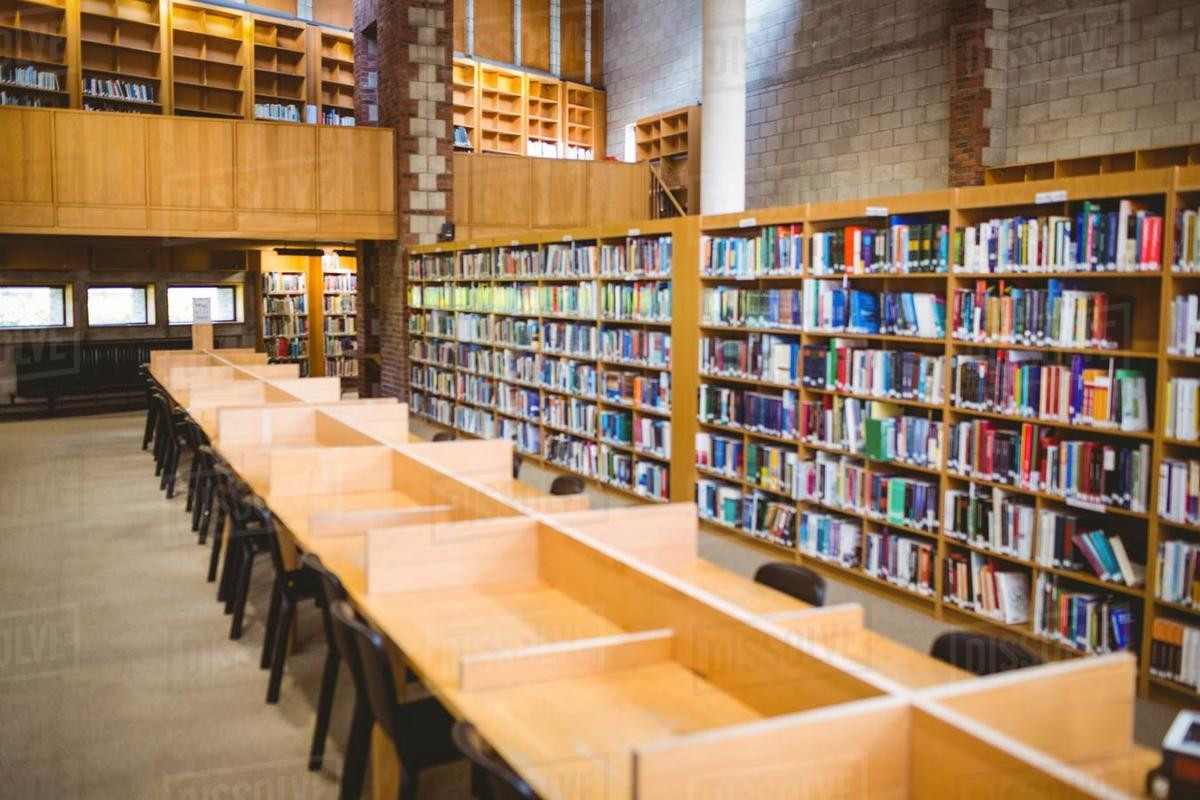Today, it is a real challenge to get people to use library services. Sadly, libraries have a reputation for being old-fashioned, with outdated images of quiet places housing traditional print books. However, in reality, the library is an amazing place for learning. The only thing that is needed is MARKETING
Initially we will discuss Dr. Ranganathan’s concept of marketing of library services through the five laws of Library Science
Books are for use: If the books are kept in lock and key without providing it to the readers, then they are a dead investment of the organization
- Every Reader his/her book: The Reader is central to the library and every staff member must make sure that library users are satisfied with the services provided by the library. Focus must be on the needs of such readers and their satisfaction.
- Every book its reader: Every book which is purchased by the library must get a reader. The right books must be made available and readers must be informed about new arrivals of their interest.
- Save the time of a reader: Library and Information must be organised in such a way that readers can find what they need promptly. Readers should not waste their time in searching for information or searching for books and journals in the library.
- Library is a growing organism: Librarians must ensure that the library collection grows qualitatively and not only in quantity. Nowadays e-books are more popular and easy to access.
Before adopting any other methods or technology, we must ensure that these 5 laws are in place in the library. In addition, there are many creative ways to attract more users to the library.
- Collaborate with other libraries from the region and offer a combined library service. One example is creating one single membership card for access to all the libraries in the network, access to all the combined digital resources and the possibility of returning books to any branch in the network.
- Create new spaces at the library like living space for meetings and interaction. Café on the perimeters and other zones where people can openly interact and exchange knowledge. Maker Space is also a good idea.
- Find out who the non-users are and get them to the library. Libraries need to adapt to these findings and make some changes in the services and the experience they offer.
- Add innovative technologies at the library and get people interested to try them.
- Use social media tools to create a voice for the library. Using this, patrons can stay connected to the library’s newsfeed and events all day. Podcasting and blogging can be used for introducing and presenting various topics to a broader audience and at the same time, you can create the needed content for social media distribution.
- Create an In-Class Library and Hold Book Talks. Spend time each day encouraging members to browse the In-Class smaller library setting. Also, share what you are reading and why you love to read.
- Visit the Library Often and Connect with the Librarian. Take a tour of the library so that members feel comfortable in the environment and are more at ease visiting on their own.
- We can make libraries a productive asset. Revenue sources may be-
- Membership Fees/Penalties.
- Sponsorship.
- Rent out extra space.
- Donations or Organisation Grants.
- Libraries must use this capital to build or improve library infrastructure.
It’s very disappointing to see decreasing footfall in libraries but “trying to measure a library’s success by its footfall is like… trying to judge a supermarket’s success without taking into account online shopping”.
Today, library use has changed, people do stuff online now. People renew/reserve books online. People access the library’s resources online – e-books, e-journals, e-newspapers, databases, and so on and so forth. Yes, you are right, we are discussing the Digital Library now but in the next blog.

